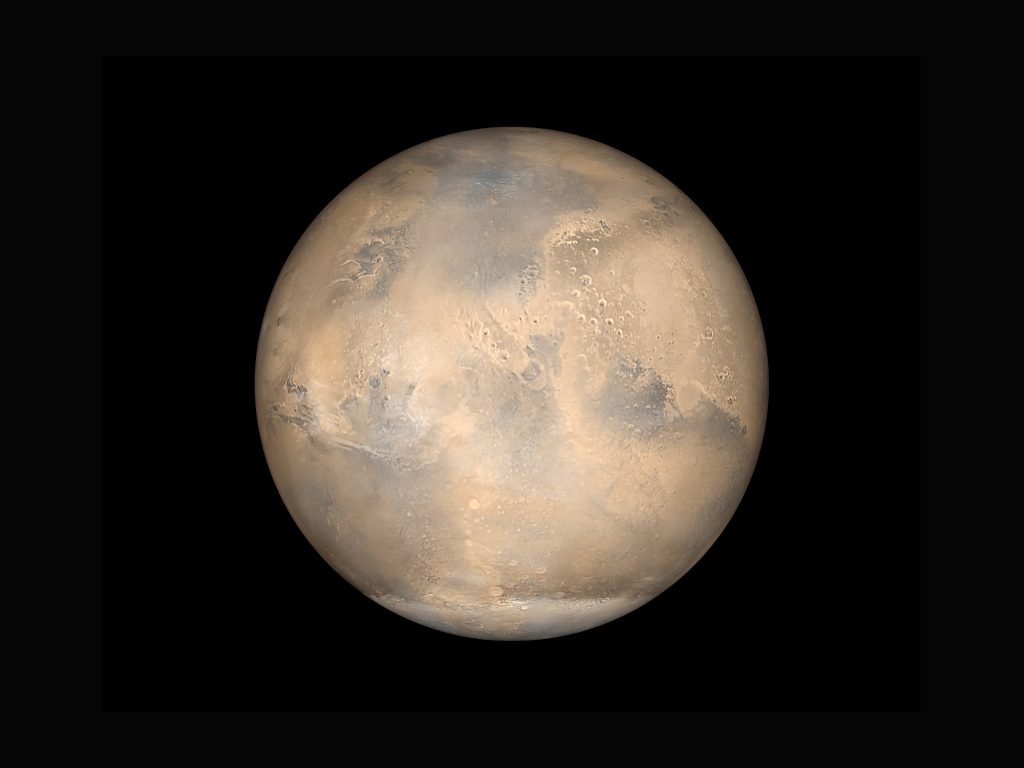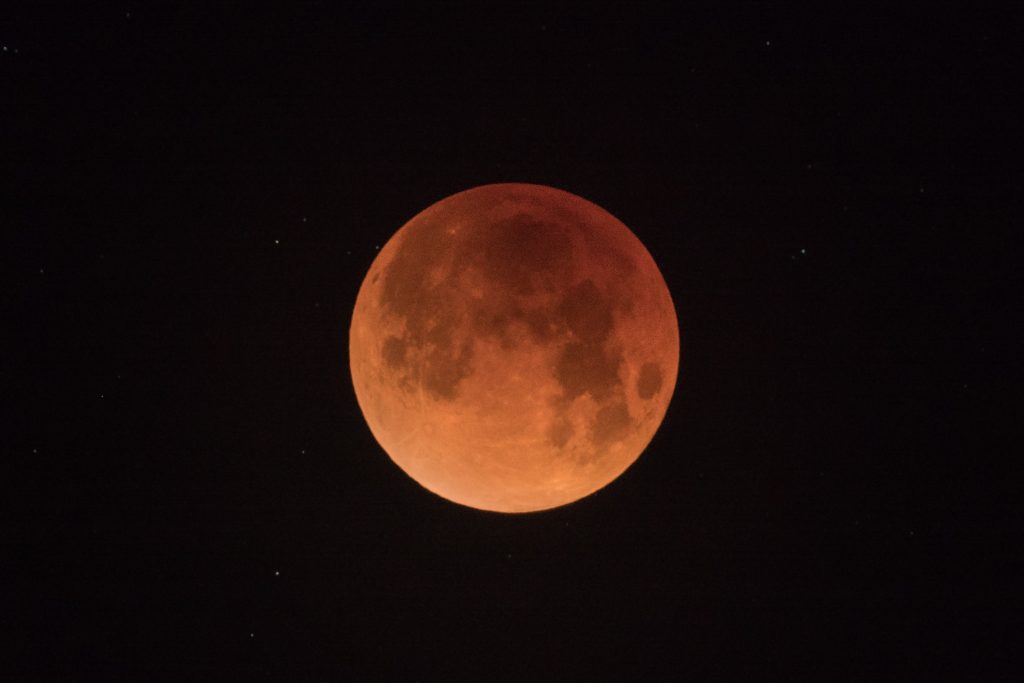Sure thing! Want to know how to observe the awe-inspiring Red Planet Mars using a telescope? Well, you’ve come to the right place! Figuring out how to observe Mars with a telescope is worth it, as it can offer a fascinating glimpse into our neighboring planet.
To get started, make sure you have a reliable telescope handy. Find a clear spot away from city lights, as light pollution can affect your view. When the skies are clear and Mars is at its closest to Earth, which happens every couple of years, it’s the perfect time to observe. Adjust your telescope’s magnification to get a closer look at Mars, and take your time to truly appreciate the details you can see, like the polar ice caps or surface features. So grab your telescope, find the perfect spot, and let your curiosity guide you as you explore the mesmerizing Red Planet in the night sky!
Choosing the Right Telescope
When it comes to observing Mars with a telescope, choosing the right equipment is crucial. The first thing to consider is the aperture size. Aperture refers to the diameter of the telescope’s main lens or mirror, and it plays a significant role in determining the telescope’s light-gathering ability. For observing Mars, a larger aperture size is generally preferable as it allows for better resolution and clarity of the planet’s surface details.
Another important factor to consider is the telescope’s magnification. While high magnification may seem desirable, it is essential to strike a balance between magnification and image quality. Too much magnification can result in a blurry and washed-out image, especially when observing Mars, which is a relatively small and distant planet. Therefore, it’s recommended to choose a telescope that offers a range of magnification options, allowing you to adjust it according to the atmospheric conditions and your observing preferences.
Stability is another crucial aspect to evaluate when selecting a telescope. Since Mars is a point of light in the sky, any slight movement or vibration can make it challenging to observe the planet’s surface details. Look for a telescope with a sturdy mount and tripod to ensure stability during your observations. This will provide you with a steady platform to view Mars and make it easier to focus and track the planet as it moves across the night sky.
Preparing Your Telescope
Before you begin your Mars observation session, it’s crucial to ensure that your telescope is in optimal condition. Cleaning the telescope is the first step. Dust and debris can accumulate on the optics, affecting the image quality. Use a soft, lint-free cloth or specialized cleaning tools to gently remove any dirt from the lenses and mirrors. Be cautious not to scratch or damage the optics while cleaning.
Collimation is another essential step in preparing your telescope. Collimation refers to the alignment of the telescope’s optical elements, ensuring that the light is focused correctly and producing sharp images. There are various collimation tools available, such as a Cheshire eyepiece or a laser collimator, which make the process easier and more accurate.
Lastly, it’s important to acclimate your telescope to the outdoor temperature before starting your observation. Temperature differences between the indoors and outdoors can cause the telescope’s optics to expand or contract, leading to blurry images. Letting your telescope adjust to the ambient temperature for at least 30 minutes will help ensure optimal performance during your Mars viewing session.

Finding Mars in the Sky
Once your telescope is ready, the next step is to locate Mars in the night sky. Mars’ visibility and position change throughout the year, so it’s essential to have the right tools and knowledge to find it.
One way to determine the best time to observe Mars is to learn about its opposition. Opposition occurs when Mars, Earth, and the Sun are in a straight line, with Earth located between Mars and the Sun. During opposition, Mars is at its closest point to Earth, making it appear brighter and larger. Research the dates of Mars’ next opposition to plan your observation sessions for the best viewing experience.
Smartphone apps and astronomy software can be incredibly useful in locating Mars in the sky. These tools often feature interactive sky maps that show the position of Mars in real-time. Simply input your location, and the app will provide you with the exact coordinates and direction to point your telescope.
For those who prefer a more traditional approach, using star charts is an excellent option. Star charts are maps of the night sky that can be used to identify constellations, stars, and planets. Many astronomy books and websites provide detailed star charts that can help you locate Mars based on its relative position to other celestial objects.
Observing Mars’ Surface Details
Now that you have located Mars through your telescope, it’s time to observe and explore its surface features. Adjusting the focus and magnification are crucial for obtaining a clear view of Mars. Experiment with different combinations of focus knobs and eyepieces to find the optimal settings that provide the best level of detail.
While observing Mars, you may notice several surface features, such as polar ice caps and dark spots. Mars’ polar ice caps are mainly composed of water ice and carbon dioxide ice and are visible as light regions near the planet’s poles. Dark spots, on the other hand, are a result of Martian deserts and volcanic activity. These features can vary in visibility depending on atmospheric conditions, so be patient and observe Mars over multiple nights to capture the best views.
Using filters can also enhance visibility and reveal additional details on Mars’ surface. Filters such as a red or orange filter can increase contrast and bring out subtle features. It’s important to note that filters should be used sparingly and only when necessary, as they can reduce the overall brightness of the image.

Capturing Images of Mars
If you wish to preserve the memories of your Mars observations or share them with others, capturing images of the Red Planet is a rewarding option. Attaching a camera or smartphone to your telescope can help you record stunning images and videos.
To minimize camera shake and vibrations, it’s recommended to use a remote shutter release or set the camera’s timer. This allows you to take photos without physically touching the camera, resulting in sharper images. Experiment with different exposure settings, ISO levels, and image formats to find the best combination that captures the details and colors of Mars.
Tracking Mars’ Movement
As Mars moves across the night sky, it’s essential to track its motion to keep it in your telescope’s field of view. Using a motorized mount with automated tracking capabilities is the most precise way to track Mars. These mounts have built-in motors that move the telescope to compensate for the apparent motion of celestial bodies.
However, if a motorized mount is not available, manual adjustments can be made to follow Mars. Slowly rotate the telescope’s controls to keep Mars centered in the eyepiece. Pay attention to any drift or movement and make small adjustments accordingly. Continuous monitoring of Mars’ position throughout the night will ensure uninterrupted observations.

Understanding Mars’ Atmosphere
Mars has a thin atmosphere composed mostly of carbon dioxide. However, it experiences weather phenomena similar to Earth, including dust storms and clouds. Observing these atmospheric conditions can provide valuable insights into the planet’s climate and dynamics.
Dust storms on Mars can significantly impact visibility, obscuring surface features. Look for signs of dust storms, such as a haziness or uniformity in the planet’s appearance. Cloud formations can also be observed, especially near Mars’ poles. These clouds may appear faint and wispy compared to the thick clouds we typically see on Earth.
Additionally, Mars undergoes changes in color and brightness during its opposition and throughout its orbit. It can range from a pale yellow to a vibrant orange-red hue. These variations are due to the reflection and absorption of sunlight by Martian soil and atmospheric particles. Pay attention to these changes as they can provide valuable information about Mars’ atmospheric conditions.
Comparing Mars’ Apparent Size
As Mars orbits the Sun, its distance from Earth varies, resulting in changes to its apparent size and visibility. During Mars’ closest approach, also known as its perihelic opposition, the planet can appear significantly larger and brighter.
Understanding Mars’ varying distance from Earth allows you to plan your observations for the best viewing opportunities. Keep an eye on astronomical calendars and online resources to find out when Mars will be at its closest point to Earth. This is the ideal time to observe and capture images of Mars, as you will be able to see more surface details and potentially even the polar ice caps.
During other times, Mars will be farther away and appear smaller in the telescope’s eyepiece. Although Mars may seem less prominent during these periods, it’s still worth observing to appreciate its unique beauty and to compare its size to other celestial objects in the night sky.
Joining Astronomy Communities
If you’re passionate about observing and studying celestial objects like Mars, consider joining local astronomy clubs. These clubs provide an opportunity to connect with other like-minded individuals who share your interest in stargazing and astronomy. Members often organize group observations, star parties, and workshops, which are not only educational but also a lot of fun.
Attending stargazing events organized by astronomy clubs is also an excellent way to enhance your Mars observation experience. These events often take place in dark-sky areas away from light pollution, providing optimal viewing conditions. By participating in these gatherings, you can learn from experienced astronomers, share your knowledge, and make new friends who share your enthusiasm for the night sky.
Connecting with experienced astrophotographers is another fantastic way to learn from those with more advanced imaging capabilities. These photographers can offer guidance on camera settings, image processing techniques, and equipment recommendations specifically for capturing breathtaking photos of Mars and other celestial objects.
Contributing to Citizen Science
Are you interested in contributing to scientific research and advancements? Observations of Mars made by amateur astronomers like yourself can provide valuable data to professional scientists studying the Red Planet. Several organizations and projects focus on collecting and analyzing observational data contributed by the public.
One way to contribute is by sharing your Mars observations with professional astronomers. Many research institutions and organizations accept observational data from amateur astronomers, allowing you to contribute directly to ongoing studies. By participating in these initiatives, you become part of a global network of citizen scientists, collectively contributing to our understanding of Mars.
Additionally, there are specific Mars-related research projects that welcome citizen scientists’ involvement. These projects often involve tasks such as analyzing images and data collected by space missions, mapping Martian surface features, or monitoring atmospheric changes. Participating in these projects not only enriches your knowledge but also enables you to make meaningful contributions to scientific research.
Lastly, numerous online databases and platforms collect observational data from amateur astronomers. These databases serve as repositories of information used by scientists and researchers worldwide. Sharing your Mars observations on these platforms ensures that your data is accessible and helps create a comprehensive understanding of the Red Planet.
In conclusion, observing Mars with a telescope offers a captivating experience that allows you to explore the wonders of our neighboring planet. By selecting the right telescope, preparing it properly, finding Mars in the sky, observing its surface details, capturing images, tracking its movement, understanding its atmosphere, comparing its apparent size, joining astronomy communities, and contributing to citizen science, you can take your Mars observation journey to new heights. So grab your telescope, venture into the night sky, and marvel at the beauty of the Red Planet. Happy stargazing!











